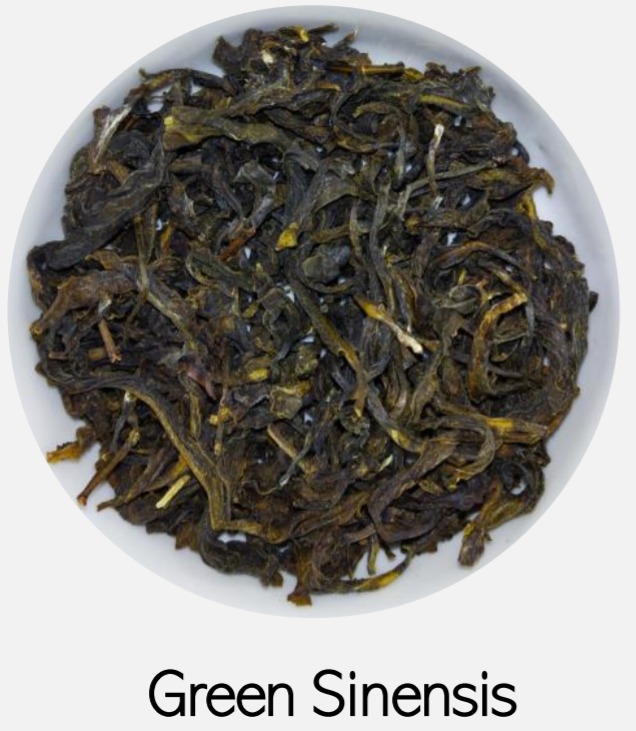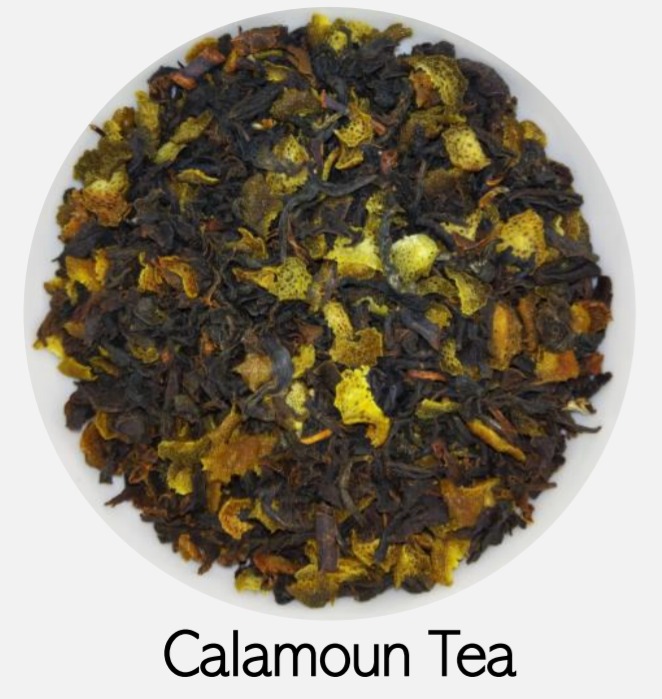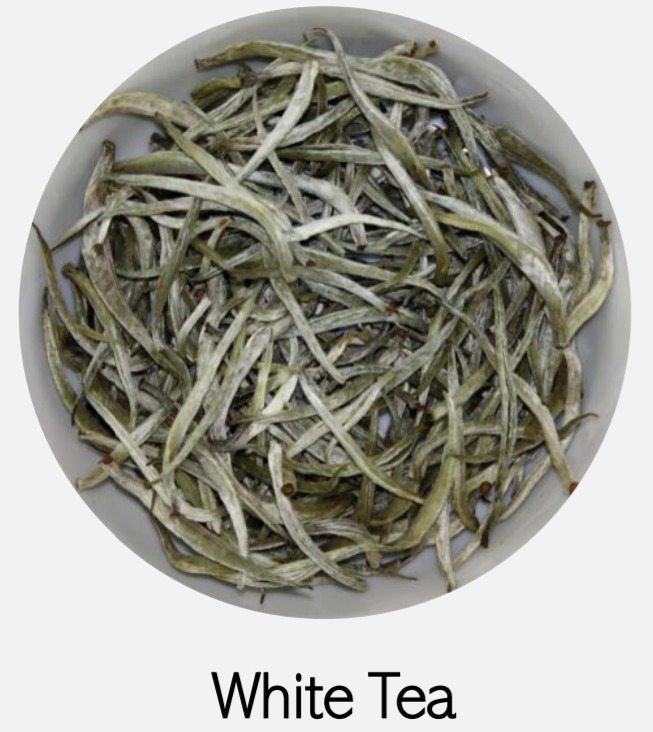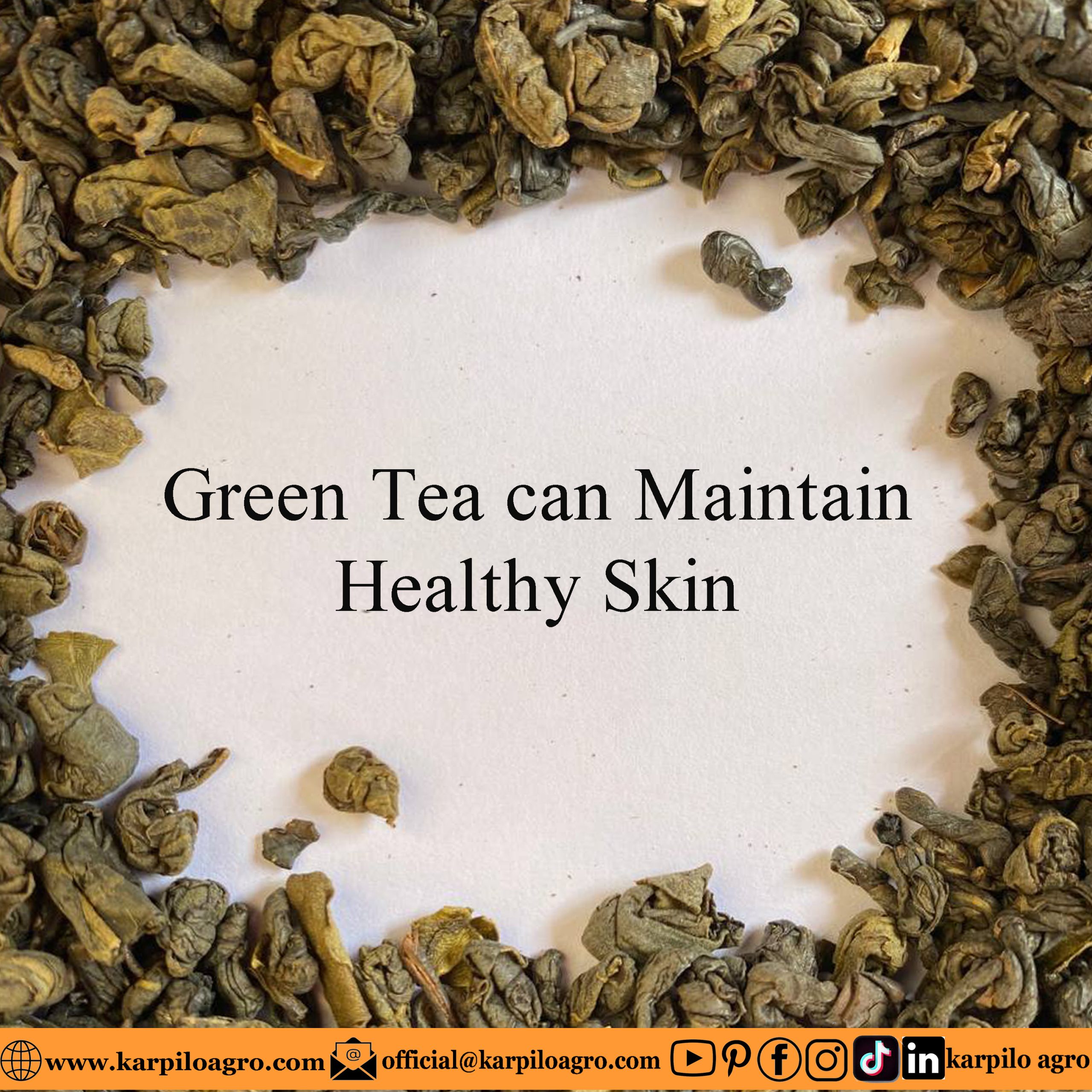karpilo Agro
Tea Product
Our tea processing is directly from our own garden which covers an area of 2,025 hectares. We also process our own tea with our factory and professional workforce so that the quality and purity of our tea is maximized. Our tea is also HACCP certified and has been exported to several European and Asian countries.
Tea is a drink that is very popular in the world. Many countries in this world start the morning by brewing a cup of tea. Tea is a drink that comes from the camellia sinensis plant but which mostly grows in Indonesia is the type of assamica which contains caffeine, an infusion made by brewing dried leaf shoots, leaves, or petioles, then brewed with hot water so that the taste and aroma of the tea out and provide many benefits to the human body.
At Karpilo Agro you can find a variety of teas, such as green tea, black tea, and specialty teas such as white tea, White Peony, red sinensis, and green sinensis. And also we have tea with variants like Pandanous black tea, calamoun tea, and ginger tea.

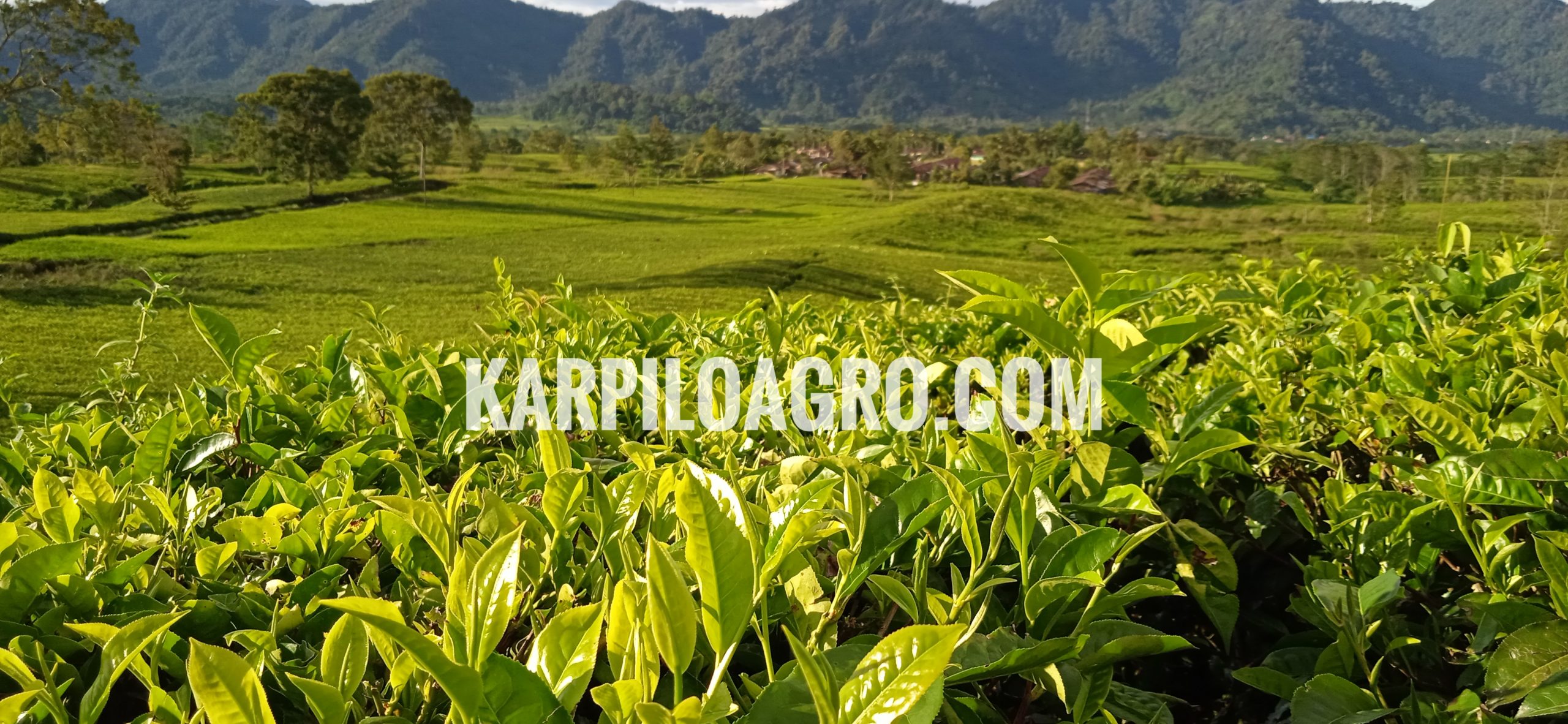

How To
Brewing tea does require a special way to produce the best tea drinks. What is the best way to brew tea?
Tutorial
- You need to prepare the best tea leaves or tea bags in advance
- Put the leaves or tea bags into the cup,
- Pour boiled water into the tea cup, the water was boiled first with a heat of 100 degrees Celsius.
- Then stir the tea evenly, and let stand for 3-5 minutes so that the aroma and taste of the tea comes out
- Then stir again the tea, and you can enjoy a tea that is delicious, fresh, and has many benefits.
Green Tea
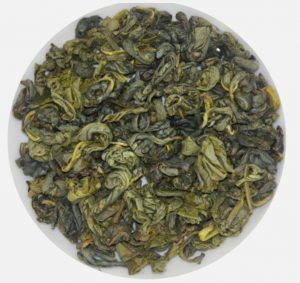
Benefits:
- Prevents the risk of heart disease
- Prevent cancer
- Prevent diabetes risk
- Maintain blood pressure
- Improve brain function
- Increase fertility
- good for Pregnant Women
- Increase energy
How to Make Green Tea.
The processing of green tea in Indonesia is the panning process (roasting). The content of chemical compounds in green tea such as catechins and polyphenolic compounds and other compounds is still quite high and very beneficial for the body. To maintain the content of these chemical compounds, the processing of green tea is very careful and thorough. Green tea is tea leaves that are processed from the best tea leaves taken directly from the tea garden by painstaking farmers. Green tea processing is shorter than other tea processing so that the nutritional and antioxidant content in it is still maintained, and tea, especially our tea, will be processed directly at the factory after being taken by the farmers so that the tea is fresher and better.
- Farmers will take peko plus 2-3 young leaves, and the shoots are immediately put into a rotary panner machine to wither.
- Then the tea leaves are withered to reduce the water content from 72-82% to 65% at a temperature of 100 to 135 degrees Celsius for approximately 5 minutes.
- Furthermore, the tea leaves are put into a drying process to reduce the water content from 65% to 38-45% at a temperature of 100 to 135 degrees Celsius for 17-35 minutes.
- After that, the tea leaves are put into a safe rolling process of 25-45 minutes to remove the polyphenols and cytoplasm contained in the tea leaves.
- The next process is cooling, the tea leaves that have undergone a rolling process are then cooled to 35-40 degrees Celsius to inhibit enzymatic oxidation so that the tea steeping remains greenish.
- After that, the tea is continued with drying process 2, to reduce the water content from 38-45% to 4-7% with a temperature of 100-135 degrees Celsius.
- After that, the tea leaves will enter the sorting or grading process to get tea particles that are uniform in size, shape, density, and specific gravity.
For green tea, we have several types of green tea.

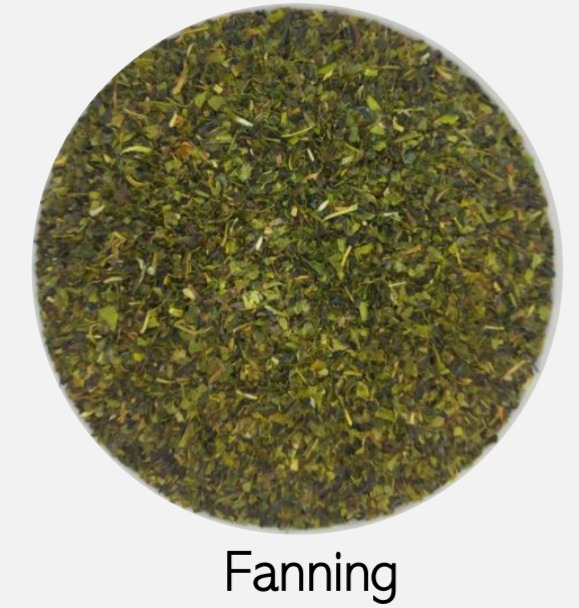
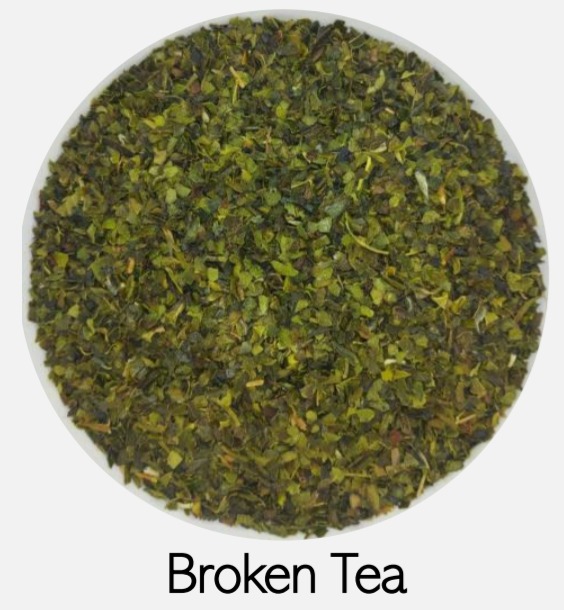





Karpilo Agro
Article Green Tea
Black Tea

Benefits:
- Maintain heart health
- Prevent obesity
- Control diabetes
- Maintain brain health
- Prevent cancer
- Lowering blood pressure
How to Make Black Tea.
The difference between black tea and green tea lies in the processing process. Black tea is brewed by a fermentation process. The black tea processing process in general is three ways, pure orthodox, orthodox rotovane, and CTS (crushing, tearing, burling). The processing of black tea in detail is as follows:
- Picking the best fresh shoots from the garden
- withering
The tea shoots that have been taken are immediately spread over the withering tool called the deepest trought (WT). This withering process aims to reduce the water content of the tea leaves, so that the cell fluid in the shoots is more concentrated (maximum) and facilitates the next enzymatic oxidation process. The time required for the withering process is 12-17 hours with a temperature of 20-26 degrees Celsius and humidity of 60-75%. During this withering process, there is a change in the compounds in the tea shoots so that a strong aroma appears.
- After the palayuan process is complete, it is continued with the grinding process using the Open Top Roller (OTR) and Press Cup Roller (PCR) machines. Milling also functions to remove cell fluid from the surface of withered shoots so that polyphenol compounds will react with O2 (oxygen) or is called enzymatic oxidation (Loo, 1983). The enzymatic oxidation process starts from the beginning of milling, so to calculate the enzymatic oxidation time, it is calculated from the beginning of the milling process until drying. The final milling process is carried out using a rotorvane machine which functions to reduce the size of the processed tea leaves and bones so as to produce a more uniform shape
- Wet sort
In the wet sorting stage, the grinding process is carried out with a sieving tool using a wire mesh. The result of this wet sorting is in the form of powder which is usually referred to as powder 1, powder 2, powder 3, and powder 4.
- Enzymatic oxidation
This enzymatic oxidation process will produce theaflavin and thearubigin substances which will determine the nature of the tea brewed water. This process also aims to obtain the characteristics of tea such as the color of the brewed water, the taste of the brewed water, the aroma and the dregs of steeping tea. The condition of the processing room must have a humidity of 90-95% RH, with an enzymatic oxidation time range ranging from 2 to 2.5 hours from milling to drying.
- Drying
After the enzymatic oxidation process, then black tea enters the drying process, namely the transfer of water vapor to the air using indirect heat, the heat from the heating furnace will be blown onto the surface of the tea until the tea becomes dry. This process will take 20-30 minutes.
- Grading
For grading, we have several types of black tea.



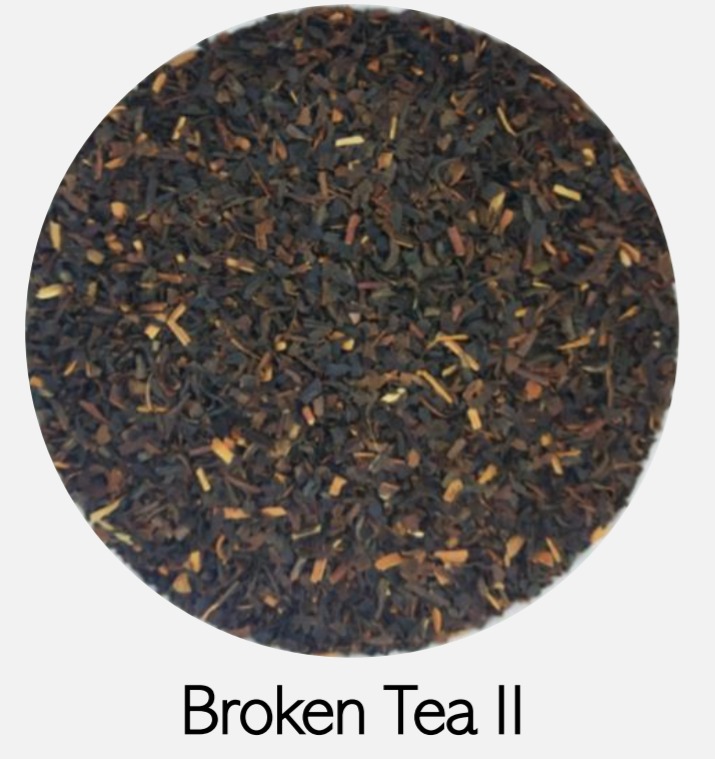
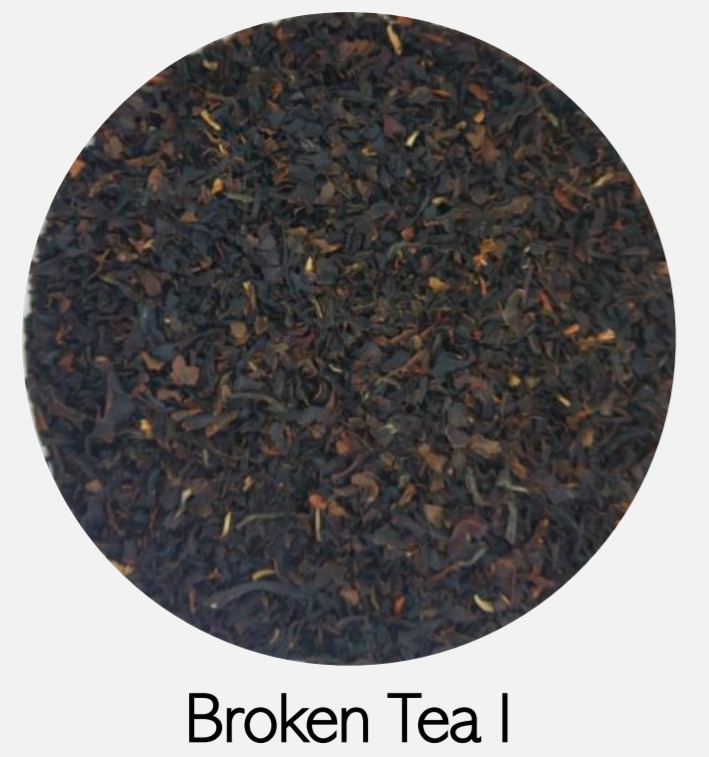





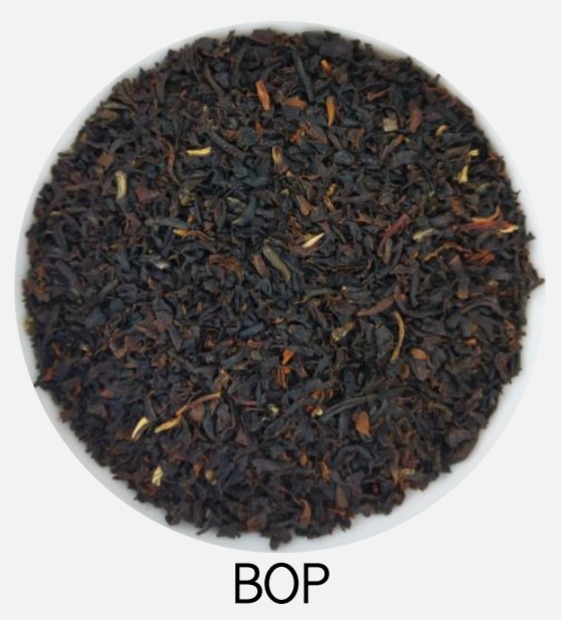

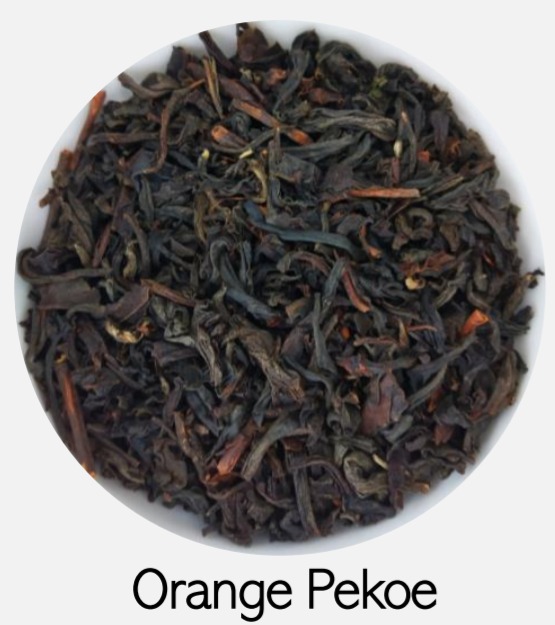
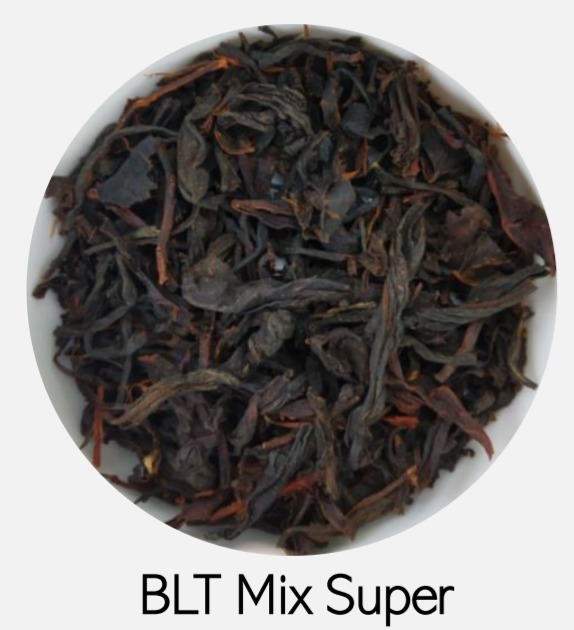
Karpilo Agro
Article Black Tea
Specialty Tea
White Tea

Benefits:
- Prevent obesity
- Protects skin from ultraviolet rays
- Reduce the risk of heart problems
- Fights germs and prevents infection
- Protects teeth from bacteria
- Repair damaged cells
- Fight cancer cells

